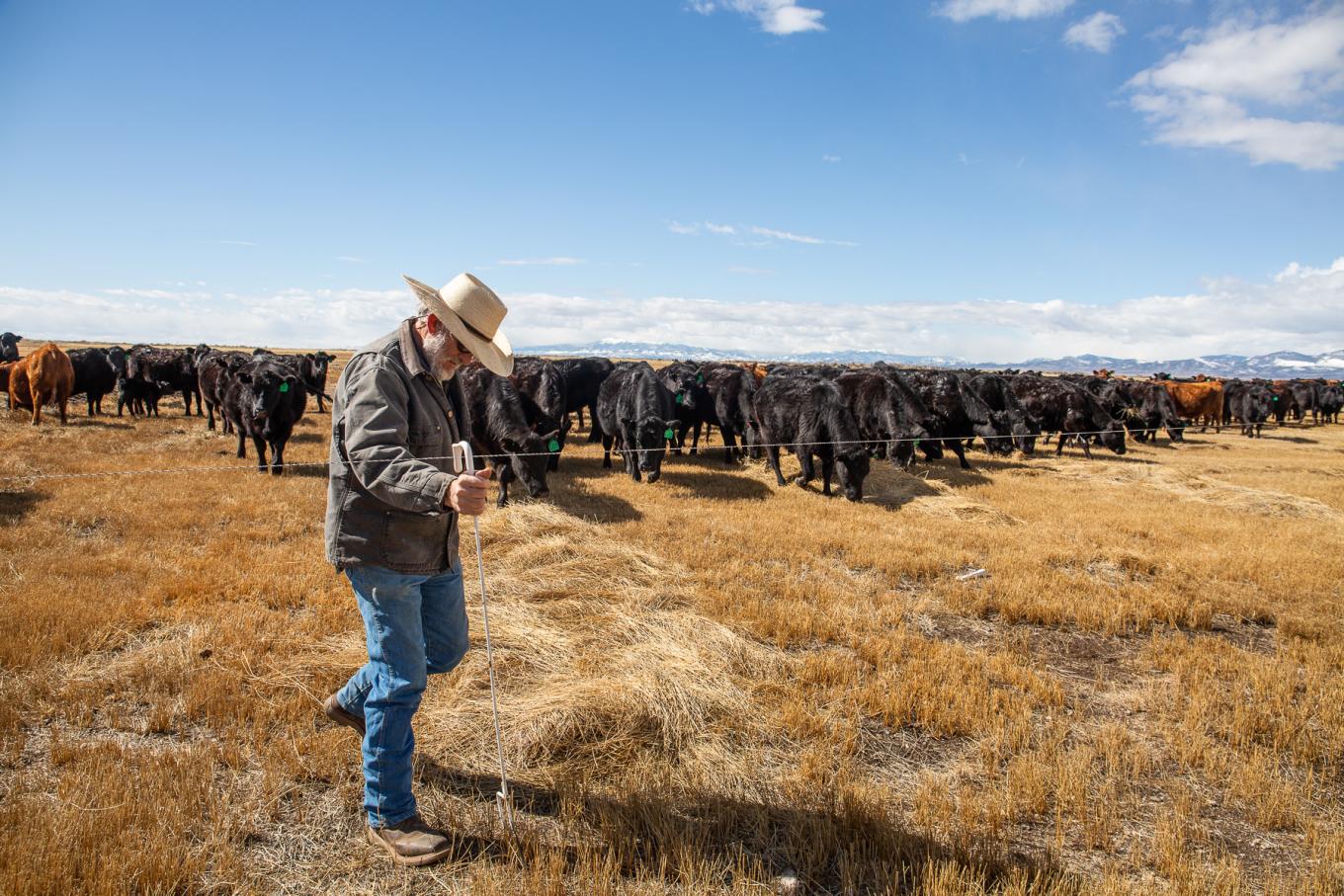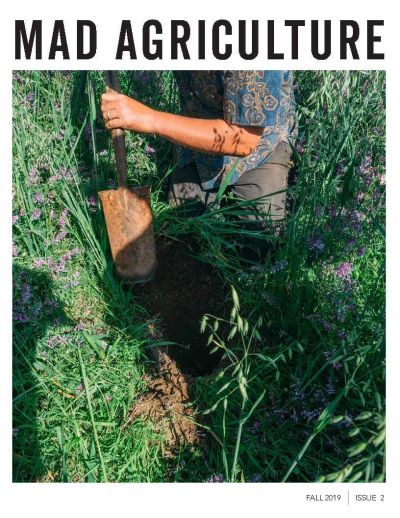
The Mad Agriculture Journal
Can rangeland apprenticeships stem the exodus of Colorado ranchers and keep America fed?
Published on
November 01, 2019
Written by
Joe Purtell
Photos by
Nina Riggio
Reprinted from the Colorado Sun
MOFFAT — On an early spring day in the hills west of Moffat, two ranchers walk through open pasture with two women less than half their age. An ecologist guides the group through miles of rangeland, too dry for sagebrush or trees, that stretches between them and the snow capped Sangre de Cristo mountains to the east.
The ranchers have worked the San Luis Valley’s arid ground for decades. Students of local ecology, they pay attention to the lands their cattle graze, noting changes in the patchwork grassland.
“How can you tell if your management is trending you toward what you want or trending you away?” one of the ranchers, Julie Sullivan, 62, asked her younger companions. “If you’re getting open ground, or water is sheeting, you’re heading in the wrong direction.”
Morgan Atkinson, 26, crouched down, scribbling on a notepad. Hana Fancher, 29, was more vocal. “I would look at rock and think it’s bare ground, but I know that rock mulch doesn’t count,” she said, examining the shale spread between bunch grasses on the red-brown dirt. “Can you go into that?”
“Think about rain coming down,” Cindy Villa, a range ecologist for the U.S. Department of Agriculture, replied.
“If it’s hitting dirt it’ll spray it up into the air. If it hits rock, it breaks up the raindrop and also holds moisture in the ground.”
Atkinson works for Sullivan and George Whitten, 66, as part of the Santa Fe, New Mexico-based Quivira Coalition’s apprenticeship program. Later in the day, she and Fancher, now the foreman, wrestled cattle into a trailer, grabbing them by their back legs, just above the hoof, and moved them between pastures.
Through apprenticeships, the Quivira Coalition, a group of ranchers and environmentalists working to shape the future of agriculture in the West, is hoping to solve a problem facing the nation’s aging farmers and ranchers: there aren’t enough young people to pass the work on to. Atkinson is one of 17 apprentices learning how to feed America.
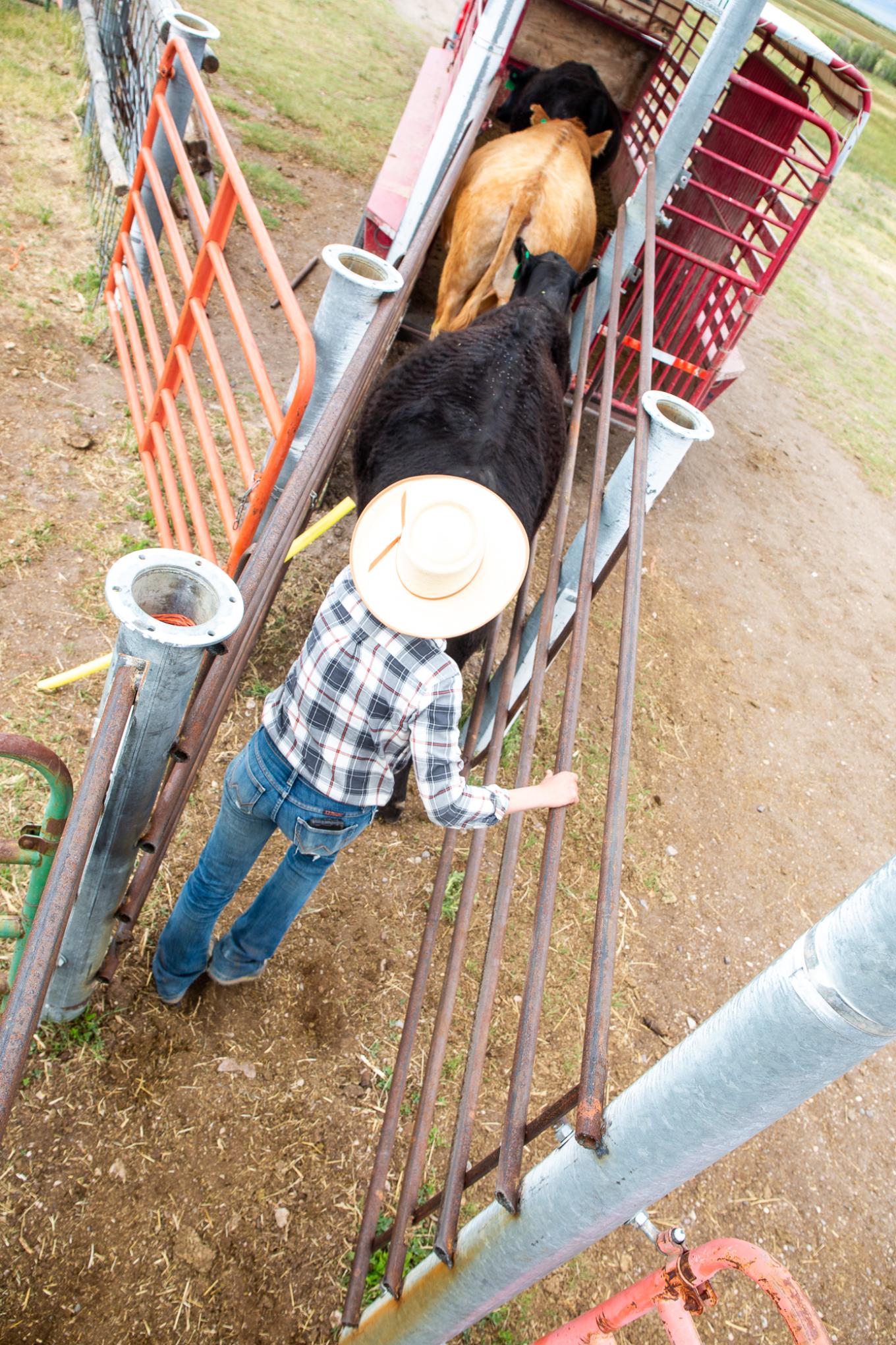
The average American farmer is 58 years old. Many inherited their generations-old operations from parents and grandparents, but now find they don’t have anyone who wants to take over the farm, as kids from agricultural families seek more financially stable lives in cities. At the same time, a new wave of young people are becoming interested in food production. The Quivira Coalition is connecting them with farmers and ranchers in an attempt to pass down the skills a young person needs to manage land and a philosophy that could make the next generation of agriculture more sustainable. Whitten and Sullivan have worked with Quivira since 2004 and hired their first apprentice in 2008
“Basically all of the people who feed everybody are going to be dead soon, and we have not been training that next generation,” Sullivan said. “As a society, we have not invested in whose going to feed us all. The Quivira Coalition decided to add that to their mission statement.”
While there are many farming apprenticeships in the United States, ranching programs are less common. And programs focusing on regenerative ranching, where participants are trained in land stewardship and techniques for restorating range that has been degraded by poor management practices, are almost unheard of.
Sullivan and Whitten manage their ranch with the goal of improving the health of the land, an exception rather than a rule in U.S. beef production. Whitten was born into a ranching family in the San Luis Valley, while Sullivan came to agriculture later in life. As they got older, they found teaching young people increasingly rewarding and needed the help on the ranch more and more. Traditionally, a ranch would be passed on to children, but Whitten’s (from his first marriage) are not champing at the bit.
“George’s three kids love the ranch, and feel deeply committed to the fact that the ranch is the family legacy, and want the ranch to stay in the family. But so far today, and they’re all basically in their 40s, none of them have chosen this as a profession,” Sullivan said. “So we were in a position where we really wanted to start to pass it on, but within the family, there wasn’t necessarily someone who was ready to come here and have it passed to them.”
Sullivan sees others in similar situations across the agricultural community. The exodus of farm and ranch kids started in the 1960s, when the economic realities of American agriculture led parents to encourage their children to find work with benefits and retirement plans.
This puts farmers and ranchers of Sullivan’s generation in a tough position, but she said she hopes programs like the Quivira apprenticeship will improve the situation for operators approaching retirement.
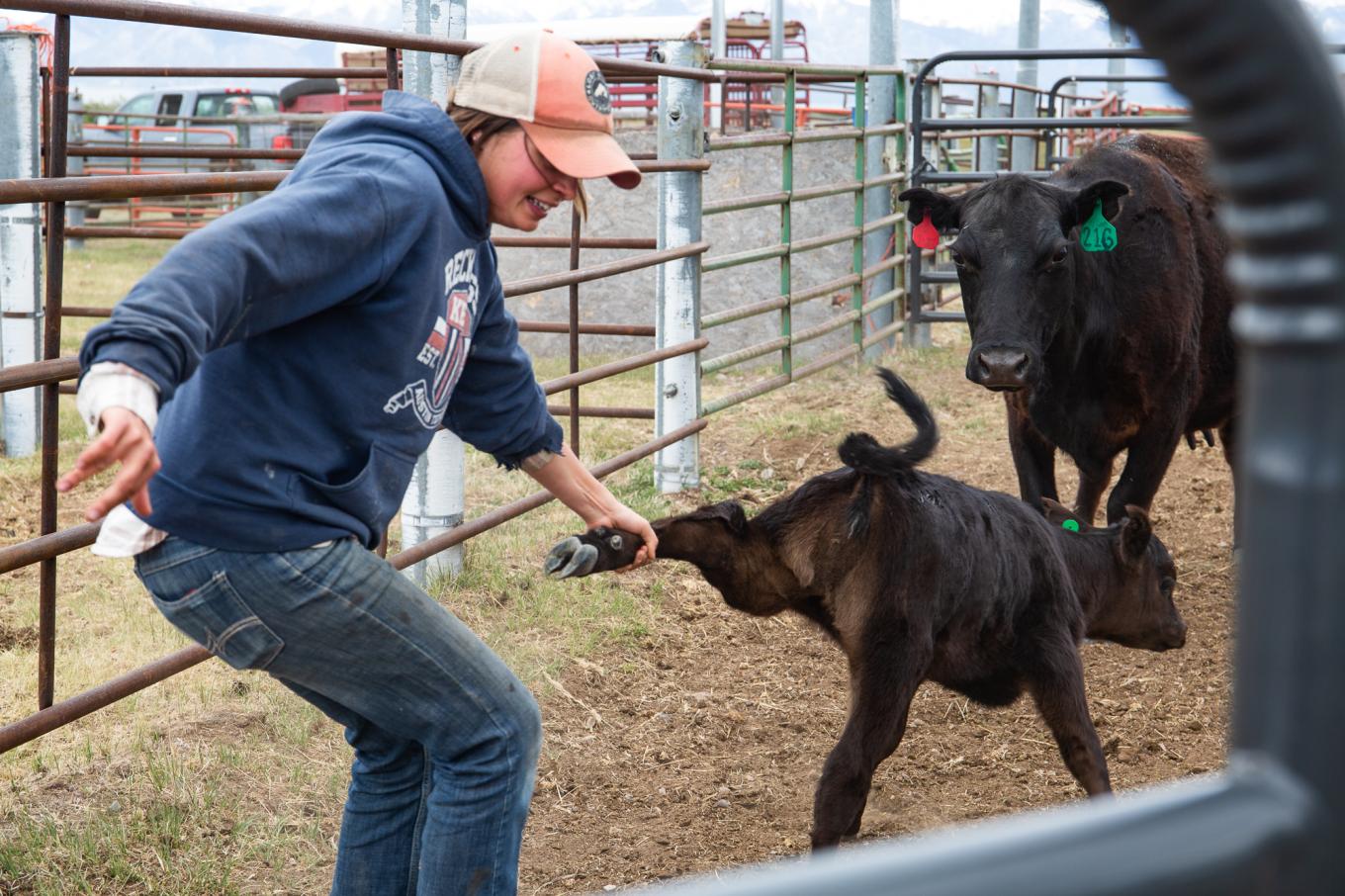
“When people 10 years younger than us are at the point we are now, where they really need that junior partner, there may be a lot more people ready for it,” Sullivan says. “For the past 15 years or so, there’s been this influx of young people who didn’t grow up in agriculture coming back.”
Invested in the idea of ranching, but completely unskilled, Morgan Atkinson grew surrounded by, but not involved in, agriculture. Raised near Sun Valley, Idaho, she spent her summers outdoors, playing in the hills and mountains near her home. Her love for outdoor spaces eventually took her to Whitman College in Walla Walla, Washington, where she majored in environmental studies and creative writing.
“Through my studies I learned about grazing on public lands, and its role in the West,” Atkinson said. “This topic just kind of kept presenting itself, and I kept getting interested in the other side of it, that I felt like I wasn’t really learning.”
Atkinson worked for environmental nonprofits and did summer internships, but became increasingly drawn to working more directly in how humans live off the land.
“When I graduated from college, I just realized I was kind of sick of reading about ranching, and thought if there’s a way to find out what I want to find out, I better see if I can work on a ranch,” she said.
Sullivan said she knows how it feels to come to agriculture without being raised in the lifestyle. She was a professor at Lesley University in Cambridge, Massachusetts, when she brought students in an environmental science program to meet a rancher who wanted to make his land more healthy. She and Whitten fell in love.
She arrived in the San Luis Valley passionate but unskilled, deeply invested in saving the planet one acre at a time, but unable to use her body in the ways the people raised on ranches take for granted. City people, she notes, rarely even know the proper way to use a shovel. Grabbing calves by the ankles and pulling them into trailers, or herding by horseback, were complete unknowns.
“The journey that I’ve gone through over the last 18 years has helped me understand, when a livelihood reaches out and grabs you, which is how they experience it, but you don’t know anything about it,” Sullivan said. “I think the fact that I didn’t have any background was one of the strengths we ended up bringing to starting a training program, because I know exactly what they go through.”
Atkinson says that more than anything physical, the work-life balance of ranching was an adjustment. She says she works six days in a typical week, her day off rotating depending on the cows, who don’t keep to a standard 40-hour work schedule.
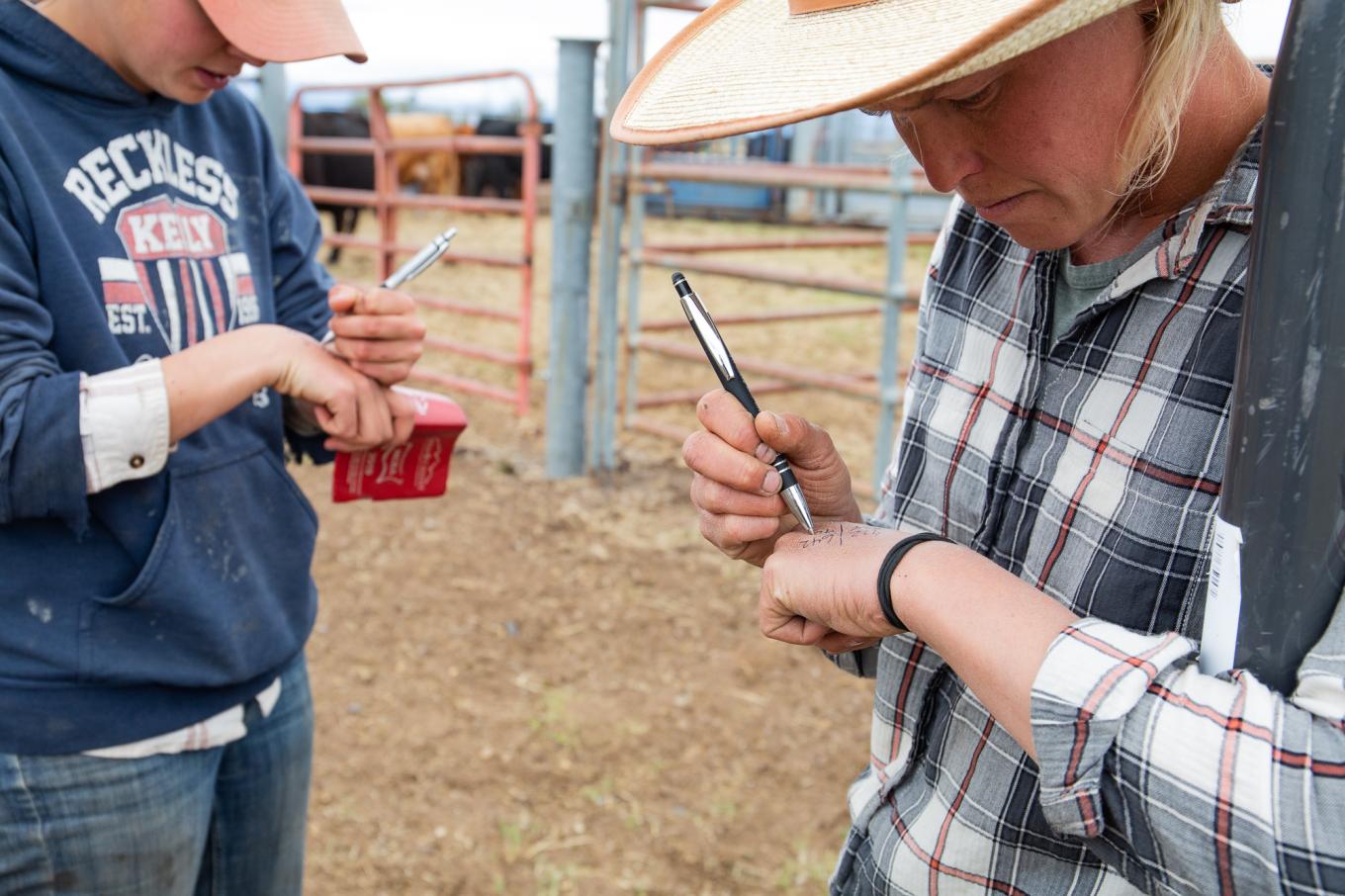
“A couple months in I thought ‘whelp, this is it,’” Atkinson chuckled, thinking back to her first ranching internship in New Mexico. What had begun as an intellectual interest became the only thing she could imagine herself doing. After her internship, she worked for a former apprentice of Whitten and Sullivan, who introduced her. The apprenticeship felt like the right next step.
“I just thought it was the most incredible thing to be a part of this relationship between the cattle and the land. And the fact that you get to play a role in that, and hopefully play a beneficial role, just felt really special,” Atkinson said. “And being able to work outside every day, and work with these animals on these landscapes, it just, that was kind of it. I just love the life, and the work. It was the first time I wanted to do nothing else.”
Looking for workers with a little seasoning on them Sullivan and Whitten took interns before they started the apprentice program, when a student Sullivan was advising asked to come to the ranch for the capstone of his master’s program. He ended up working on the ranch for 10 weeks, digging holes for fence posts in frozen dirt and feeding cattle at 30 below zero. Sullivan said they found the experience rewarding, but after a few interns, they realized they wanted to develop a program for people more serious about agriculture, with some experience already under their belt.
“We realized we were at a point where we wanted to work with people who weren’t just trying on agriculture,” Sullivan said. “They were people who had enough of a taste of it that they thought this was really what they wanted to do with their life, and were looking for a professional training opportunity in quirky, regenerative, let’s-make-it-as-hard-as-we-can agriculture, which is what we do.”
They tweaked the program, and partnered with Quivira, taking apprentices for a full year with the possibility to extend. By working with people who already had ranching experience, Sullivan and Whitten were able to skip some of the most basic principles and involve apprentices in management and decision-making. Sullivan said the idea is to prepare apprentices to take on lower-level management positions at other operations.
“I get to be involved in grazing planning, pasture planning, and I kind of deal with our direct market. I do meat orders and inventory, so parts of the business as well,” Atkinson said. “We go through decision-making processes together, so I really get to see the step-by-step. Just being able to see the financials and business, just everything that happens behind the scenes, is super valuable.”
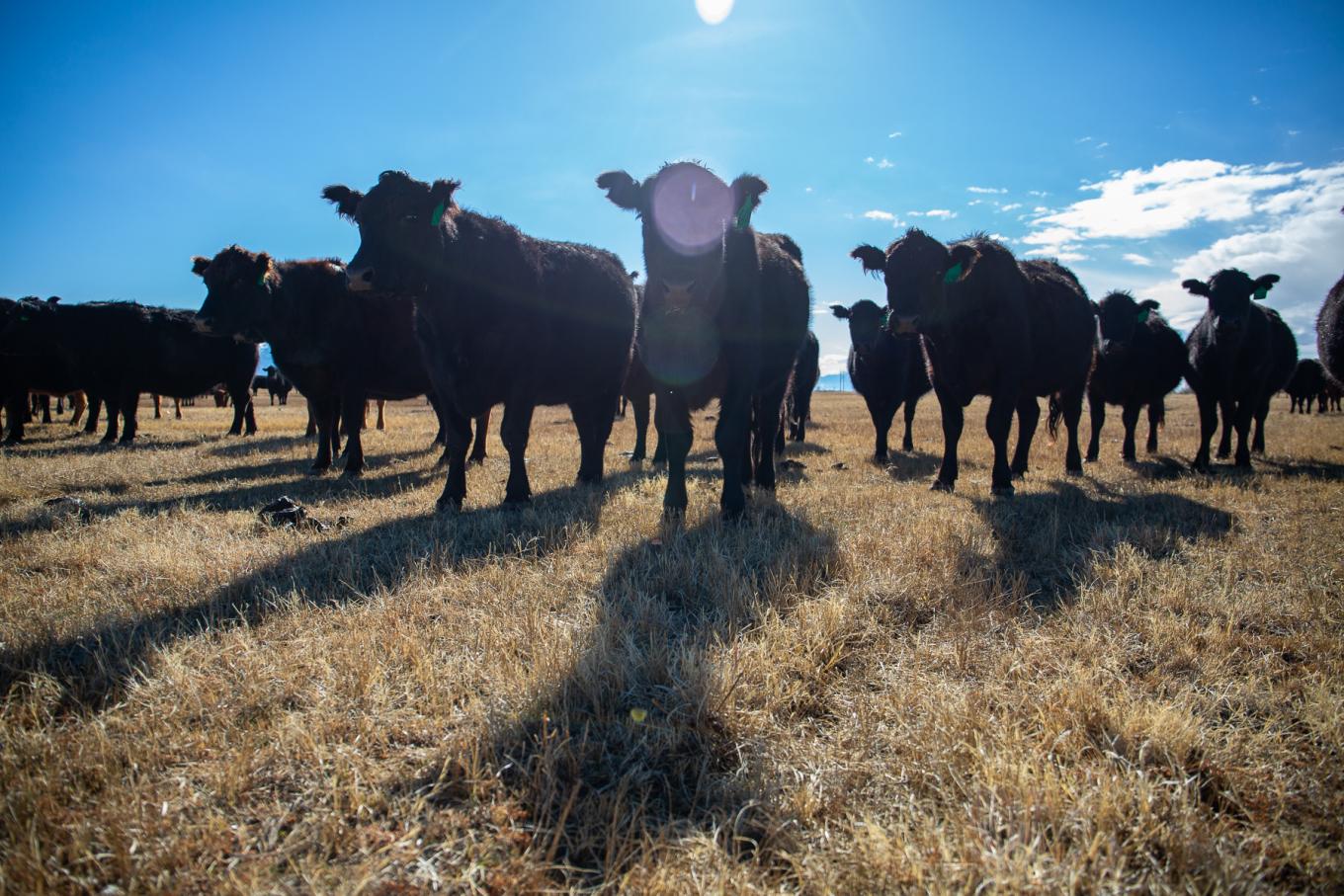
Apprentices get a stipend and have housing provided, but Sullivan says the apprenticeship — and others like it — are still out of reach for lower-income people, or anyone with a family in tow. She’s part of a group of apprenticeship coordinators working to provide more resources and attract a larger range of students.
While the chance to learn the practicalities of regenerative agriculture attracts young people to the program, mentors come for the skilled labor. And Sullivan said interest has been growing.
Mentors are anywhere from 30- to 70-years old, and are drawn in by the program’s reputation for creating capable farmers and ranchers. Sullivan says apprentice graduates work well in mid-management or skilled ranch hand positions, which draws interest from farmers and ranchers who’ve had bad experiences hiring neighbors. Still, just because someone is a good land manager doesn’t mean they know how to explain themselves, and Sullivan now works in a mentor-support role for the apprenticeship program. When mentors need their own mentoring, she steps in.
The mentor-apprenticeship relationship invigorates everyone involved, and pushes mentors to try new things, Sullivan said. A young person asking an older rancher to explain everything they do can lead to reassessment of land-management practices.
Sullivan hopes apprentices like Atkinson will take the lead in the regenerative movement in the decades to come. She says she’s getting tired.
“There’s something inherent in that relationship, where not only is the young person becoming a better regenerative land manger, but the mentor is also often reinvigorated and able to implement something new,” she said. “I think the small pool of regenerative practitioners gets stronger as well as larger because of the relationship between apprentices and mentors.”
For Atkinson, the apprenticeship program has introduced her to a community she didn’t know existed. She’s met other young people coming to agriculture for the first time and seen that a career is still possible in the field. The woman who introduced her to Whitten and Sullivan is now managing a ranch, which Atkinson hopes to do herself in a few years. She’s approaching the tail end of her two-year apprenticeship, and is looking at next steps.
She’d like to move home to Idaho and learn about ranching there. But that’s not a requirement. The relationship between people, cattle and the land brought Atkinson to ranching, and she says she’s not leaving any time soon.
“It’s the whole thing, the whole cycle and relationship of it, that hooked me,” Atkinson says.
